Examining the Social Media Linking College Media to ‘Home’
Carol Terracina-Hartman
Lock Haven University of Pennsylvania
Robert G. Nulph
Missouri Western State University
 ABSTRACT: Successful college media programs, when judged against their peers, are located in academic departments with faculty-level advisors (Terracina-Hartman and Nulph 2013; Kopenhaver 2015). This study aims to examine communication practices and messages of universities and academic departments that promote these top college media outlets using social media tools. Which is preferred: Facebook or Instagram for celebrating an award? Does a university tag a student newspaper? Or does the department take the lead in announcing? Or does a college newspaper post its good news, tag its home institution, and then academic departments and colleges like, share, retweet, repost and tag? Perhaps the institution, department, and/or student media outlet chooses none of these, making them virtually invisible? The posts – whether celebratory, recruiting, spotlighting an alum, or introducing editors – enhance not only visibility for the college media program, but also produce a level of association between student media and their home institutions.
ABSTRACT: Successful college media programs, when judged against their peers, are located in academic departments with faculty-level advisors (Terracina-Hartman and Nulph 2013; Kopenhaver 2015). This study aims to examine communication practices and messages of universities and academic departments that promote these top college media outlets using social media tools. Which is preferred: Facebook or Instagram for celebrating an award? Does a university tag a student newspaper? Or does the department take the lead in announcing? Or does a college newspaper post its good news, tag its home institution, and then academic departments and colleges like, share, retweet, repost and tag? Perhaps the institution, department, and/or student media outlet chooses none of these, making them virtually invisible? The posts – whether celebratory, recruiting, spotlighting an alum, or introducing editors – enhance not only visibility for the college media program, but also produce a level of association between student media and their home institutions.
Scholars increasingly have documented dialogic principles of university systems with potential students in recent years, finding that first impressions persist, influencing the opinions of those applicants who later become first-year students throughout their years on campus (Aquilani and Lovari 2009; Gordon and Berhow 2009). Additional research finds that much web communication targets donors, alums, and research-granting agencies before addressing student or potential student audiences (Hewitt and Forte 2009; Will and Callison 2006). Yet highlighting student achievement through the web can be a key mark of visibility for any student program and critical to department recruitment (Kent and Taylor 1998). Continue reading “(Research Vol. 56) Posting, Tweeting, Instagraming”
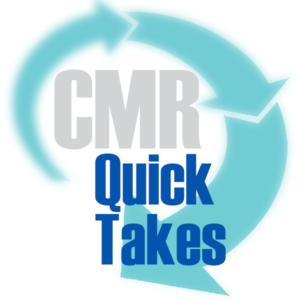 This free workshop is designed for those interested in the First Amendment – students, teachers, advisers, media professionals and community activists – who want to create creative First Amendment activities in their communities. Sessions include a First Amendment refresher mini-course, discussion about current conflicts, an event planner how-to, a group brainstorm about ideas to educate others about the First Amendment and more.
This free workshop is designed for those interested in the First Amendment – students, teachers, advisers, media professionals and community activists – who want to create creative First Amendment activities in their communities. Sessions include a First Amendment refresher mini-course, discussion about current conflicts, an event planner how-to, a group brainstorm about ideas to educate others about the First Amendment and more.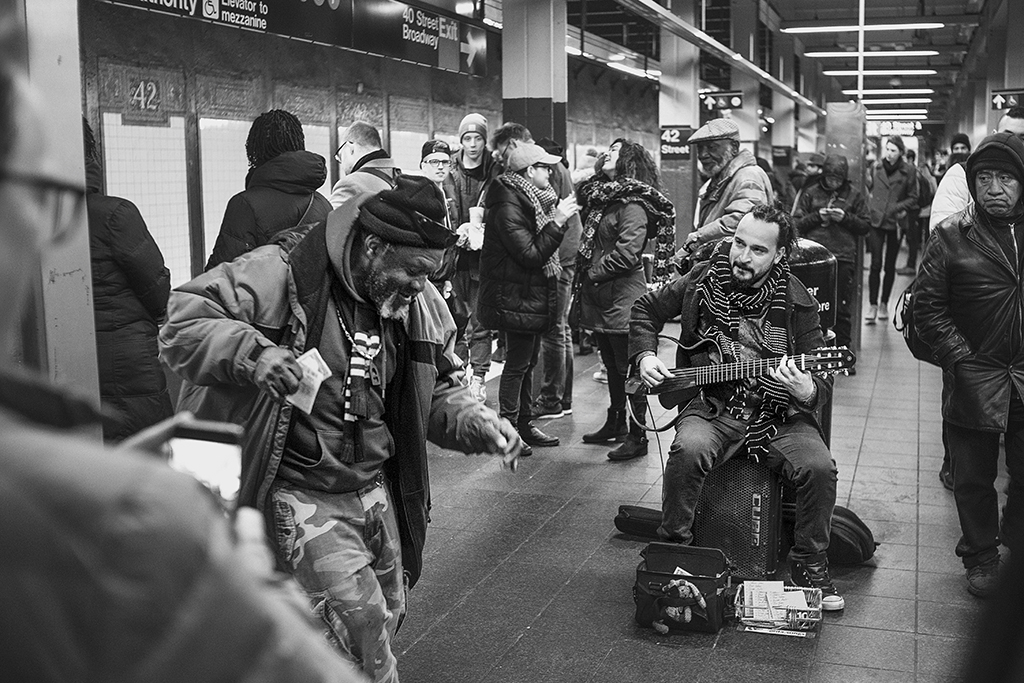
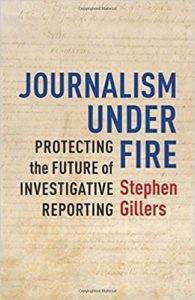 Although Americans may no longer agree on much, we can probably all agree that 2018 was a difficult year for journalists, and not only because the phrases “enemy of the people” and “fake news” were bantered around so often that they no longer jarred us. (Remember the days when we were all able to agree upon whether a fact was true or false?) Head shaking and hand wringing aside, what can–and should–be done to protect present and future journalists? In “Journalism Under Fire: Protecting the Future of Investigative Reporting,” Stephen Gillers, the Elihu Root Professor of Law at New York University Law School, answers that question, offering provocative, if perhaps wistful, solutions.
Although Americans may no longer agree on much, we can probably all agree that 2018 was a difficult year for journalists, and not only because the phrases “enemy of the people” and “fake news” were bantered around so often that they no longer jarred us. (Remember the days when we were all able to agree upon whether a fact was true or false?) Head shaking and hand wringing aside, what can–and should–be done to protect present and future journalists? In “Journalism Under Fire: Protecting the Future of Investigative Reporting,” Stephen Gillers, the Elihu Root Professor of Law at New York University Law School, answers that question, offering provocative, if perhaps wistful, solutions.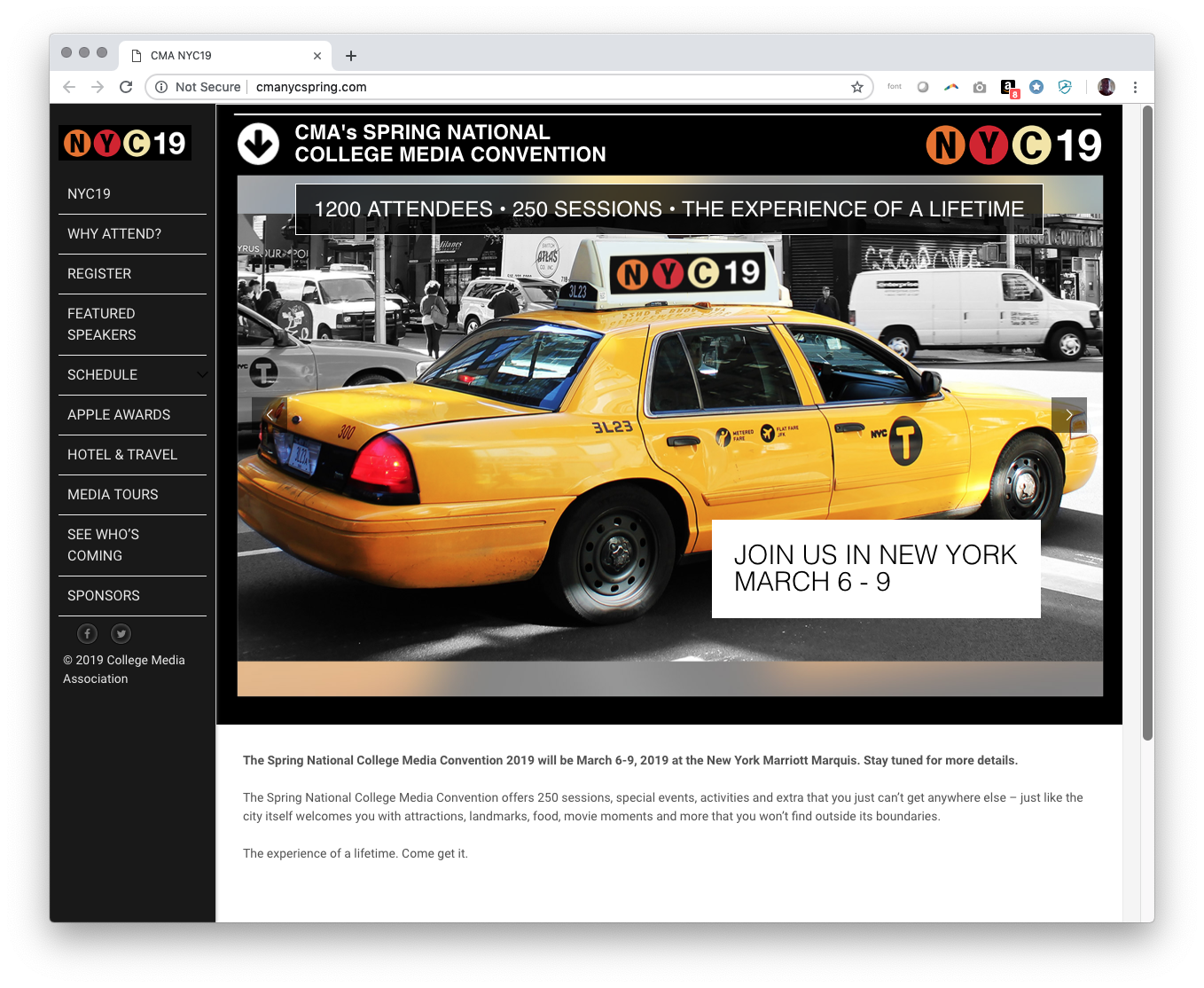 College Journalists convene in New York
College Journalists convene in New York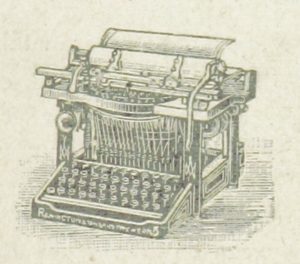 The adviser emailed the student, a senior broadcasting major poised to graduate from college in a mere few weeks, and asked her to stop by the adviser’s office before class the following morning. The student inquired in her email response about the purpose of the meeting. The adviser told her that she had some concerns about the story submitted that week.
The adviser emailed the student, a senior broadcasting major poised to graduate from college in a mere few weeks, and asked her to stop by the adviser’s office before class the following morning. The student inquired in her email response about the purpose of the meeting. The adviser told her that she had some concerns about the story submitted that week.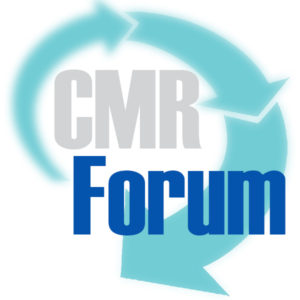 College media advisers are educators who teach students to become responsible citizens in a noisy world in which a multitude of media so persuasively point in the opposite direction. Regardless of the specific media entity advisers work with, there are common opportunities and challenges. College student-produced publications and broadcast operations have much in common with the quickly expanding population of student-run communications agencies. There’s much we can learn from each other. We must work together to strengthen our educational presence and show clearly our public value in these tumultuous times.
College media advisers are educators who teach students to become responsible citizens in a noisy world in which a multitude of media so persuasively point in the opposite direction. Regardless of the specific media entity advisers work with, there are common opportunities and challenges. College student-produced publications and broadcast operations have much in common with the quickly expanding population of student-run communications agencies. There’s much we can learn from each other. We must work together to strengthen our educational presence and show clearly our public value in these tumultuous times.  This study explores the quantifiable and cultural changes that occurred at one large college student media outlet during the five years after it combined several distinct media to form a fully “integrated” newsroom. The study draws on participant observation, in-depth interviews, examinations of web and social media analytics and written analysis performed by student leaders to identify key objectives and outcomes. It explores obstacles, both cultural and technological, that arose, and it identifies opportunities for other college media to serve audiences using a similar approach.
This study explores the quantifiable and cultural changes that occurred at one large college student media outlet during the five years after it combined several distinct media to form a fully “integrated” newsroom. The study draws on participant observation, in-depth interviews, examinations of web and social media analytics and written analysis performed by student leaders to identify key objectives and outcomes. It explores obstacles, both cultural and technological, that arose, and it identifies opportunities for other college media to serve audiences using a similar approach.